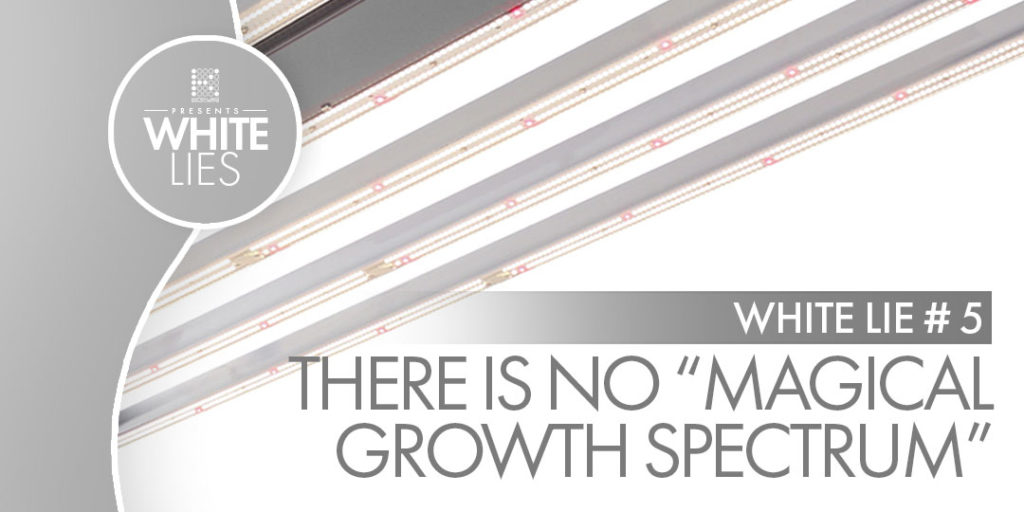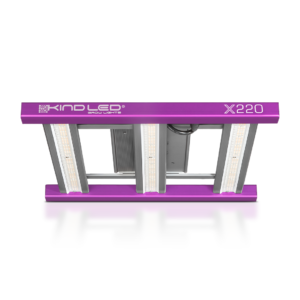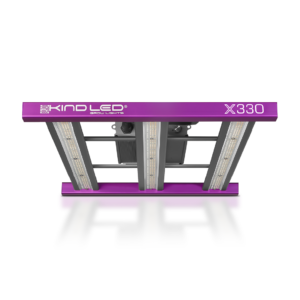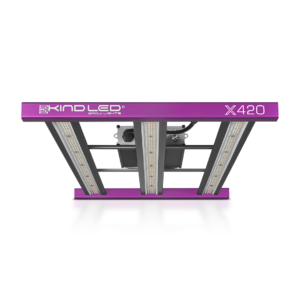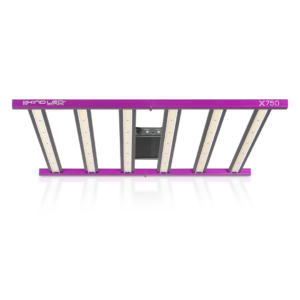Welcome to a new blog series from Grow Strong Industries where we address some of the misinformation currently being spread by the white light LED manufacturers so prolific in the horticultural lighting industry. If you haven’t yet had the opportunity, please read the other posts in this series.
- White Lie #1: Efficacy is more important than PPFD
- White Lie #2: Efficacy is the single most important aspect of an LED Grow Light
- White Lie #3: Full-Spectrum white light is best for your plants
- White Lie #4: Efficacy is synonymous with efficiency
White Lie #5: There’s no such thing as a “magical growth spectrum” for plants
Some white-light LED companies have warned against companies that claim to have a “magical growth spectrum” but there is nothing magic about it. This is science, pure and simple. While light science is an ever-evolving field of study, we’ve learned a lot about how the various parts of the spectrum affect plant growth.
Blue light, vital in the vegetative growth stages, mimics the direct sunlight plants receive during the summer months. In the late fall and winter months, the sun doesn’t rise as high in the sky, and the sun’s path causes rays to hit the earth at much more of an angle, forcing the sun’s rays to pass through more atmosphere, which affects the spectrum. As the shorter blue wavelengths are scattered throughout the atmosphere, this causes the spectrum to appear redder. This is known as “Rayleigh scattering,” and is why we see the sky as blue, and why the evening sun appears redder. We’ve learned that UV light considerably increases trichome production, which increases flavor (terpenes) and potency in cannabis plants. By carefully including the proper ratio of light across the entire spectrum of usable light, you are replicating mother nature in the most optimized way, taking advantage of millions of years of plant genetic evolution, ensuring your plants thrive, and not wasting energy-producing light your plants will be unable to absorb.
To mimic the look of natural light, full-spectrum LED grow lights include a large amount of green and yellow light. While these spectrums play a vital role in plant development, they are effective in considerably smaller amounts than red and blue light. The amount produced by white light LED manufacturers far exceeds the amount a plant can actually absorb, and more than 50% of that light winds up reflected from the plant’s surface. That wasted energy, in and of itself is costing you money in power, but it also gets turned into heat, raising the temperature of the grow environment. This heat can have a detrimental effect on plants, even potentially damaging trichome production, and also forces the grower to invest money in additional cooling equipment and increase their watering schedules.
For this reason, reputable LED grow light manufacturers like Kind LED engineer their spectrum to focus on the parts of the spectrum that most benefit plants, not humans. Certain fixtures even allow the grower to adjust that spectrum throughout their plant’s life cycle, allowing growers unprecedented control over the growth of their plants.
Decades of light science research have taught us some fundamental facts about how plants interact with light. We know that the blue part of the spectrum is most effective during the vegetative stage of a plant’s growth cycle, while red light is ideal for the flowering cycle. For this reason, reputable LED grow light manufacturers engineer their spectrum to focus on the parts of the spectrum that most benefit plants, not humans. Certain fixtures even allow the grower to adjust that spectrum throughout their plant’s life cycle, allowing growers unprecedented control over the growth of their plants.
A targeted spectrum is much more beneficial to plants, and ultimately, that is what matters for growers everywhere, from home growers to commercial cultivation facilities.
